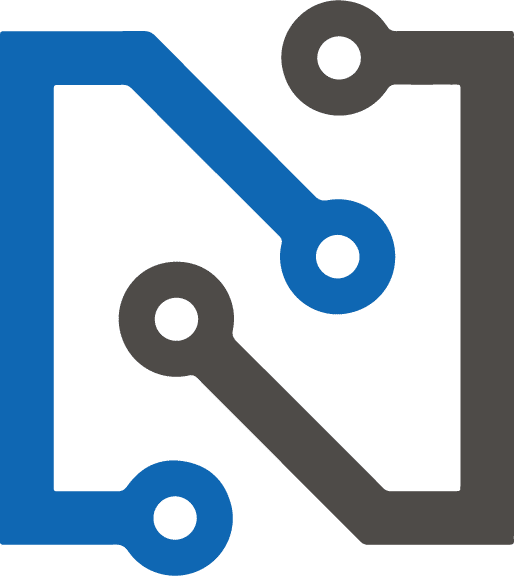How our solutions-based approach pays off
Every printed circuit board assembly (PCBA) has its own unique character, specifications – and questions.
For example, do the bare boards for the assembly require a rigid, flex, or rigid-flex design? Will the build require surface mount assembly, through-hole assembly, or some combination? Are any unusual or exotic materials involved?
To ensure a high-quality build, Niche Electronics digs into the details – seeking to identify potential concerns before they become problems or delays. Uncovering potential issues enables us to apply our solutions-based approach to each project in our pipeline.
Here are a few key aspects to this approach:
In the beginning …
Our engineers start with a careful examination of the data package the customer provides, assessing the assembly drawings, CAD files, and other details. The best time to catch errors or omissions – or to ask questions – is before the production begins.
The bare necessities
Next, we take a close look at the bare board files. At this step in the process, it is imperative to identify a project’s complexity and how it will affect the assembly process. Our team looks at the overall density and structure of the PCBA to help determined the thermal profiling strategy. This may include running tests on dummy boards prior to assembly.
Focus on the BOM
At this point, we examine the bill of materials (BOM) carefully. It is critical to identify unusual or difficult-to-find parts early in the process so we have time to craft solutions. We also examine the BOM for parts that could potentially become water damaged during our cleaning process, so we can create a suitable work-around.
A team approach
A production project typically involves hundreds of different details. That’s why we convene our entire team of trained professionals at every step. An all-eyes review enables us to develop the best overall strategy for producing a particular PCBA, create robust working instructions in our manufacturing software, review elements of our new product introduction (NPI) process, and more.
These are just a few of the details that require attention during a successful build.
The underlying Niche philosophy for all of them: in order to find solutions, we must identify concerns.






